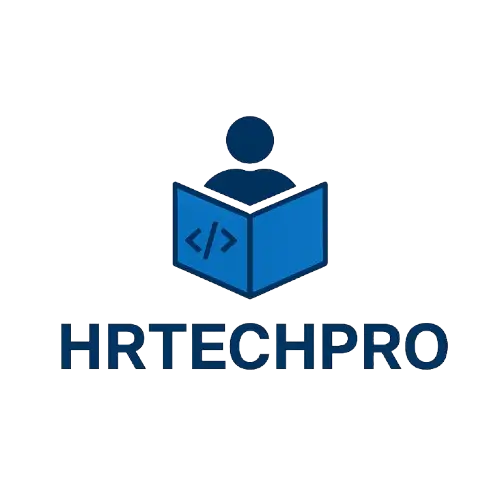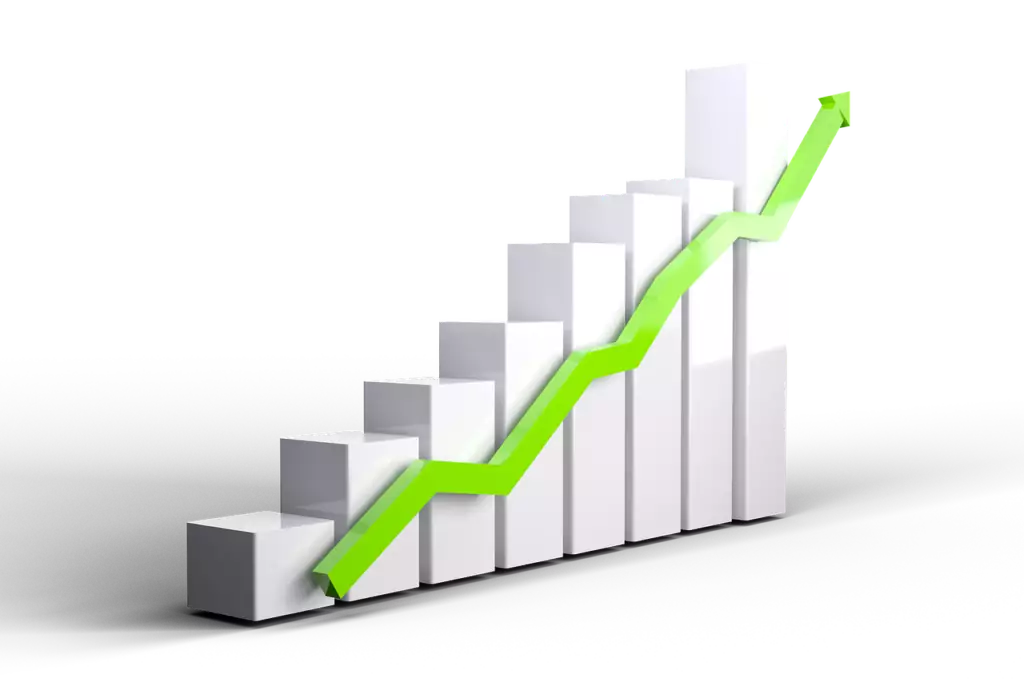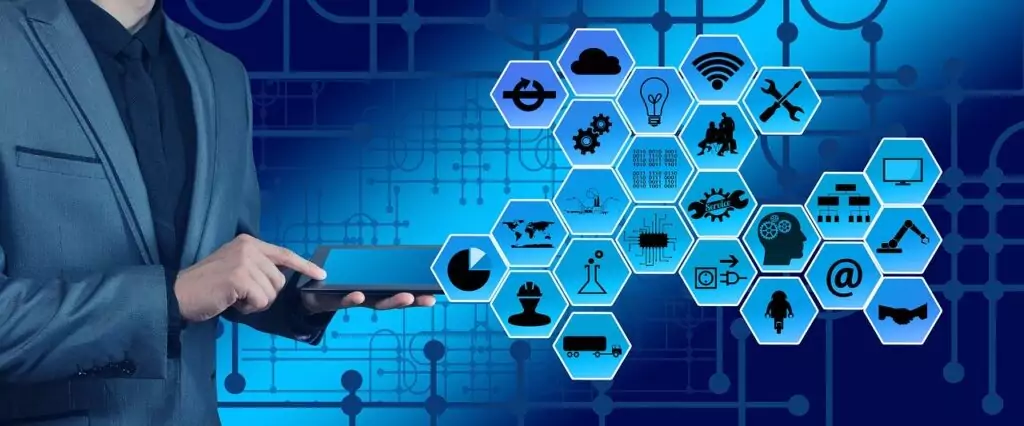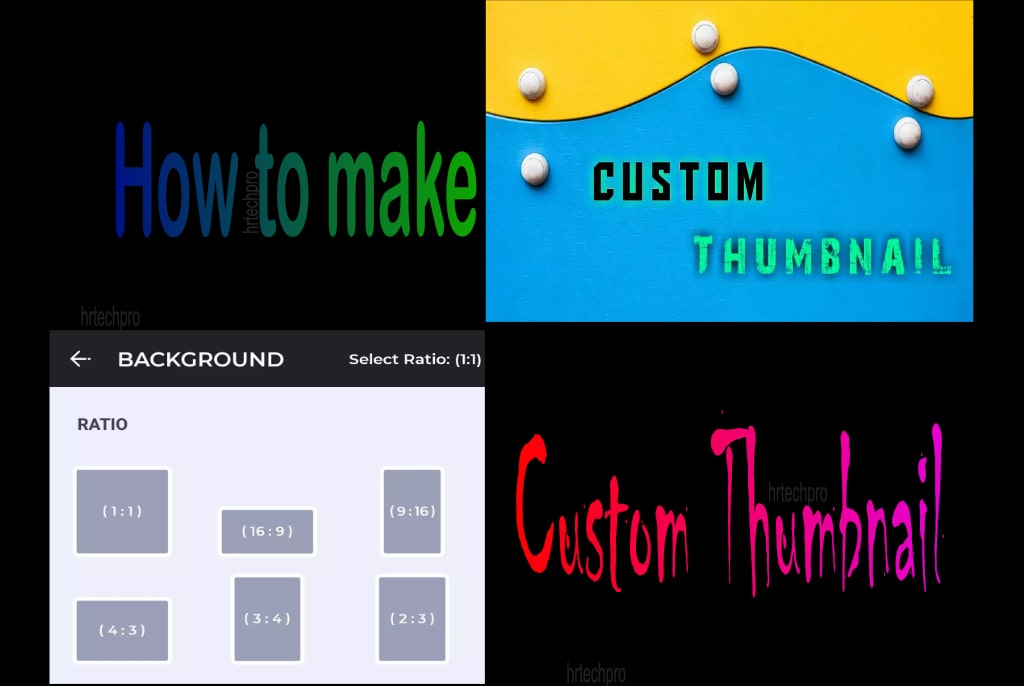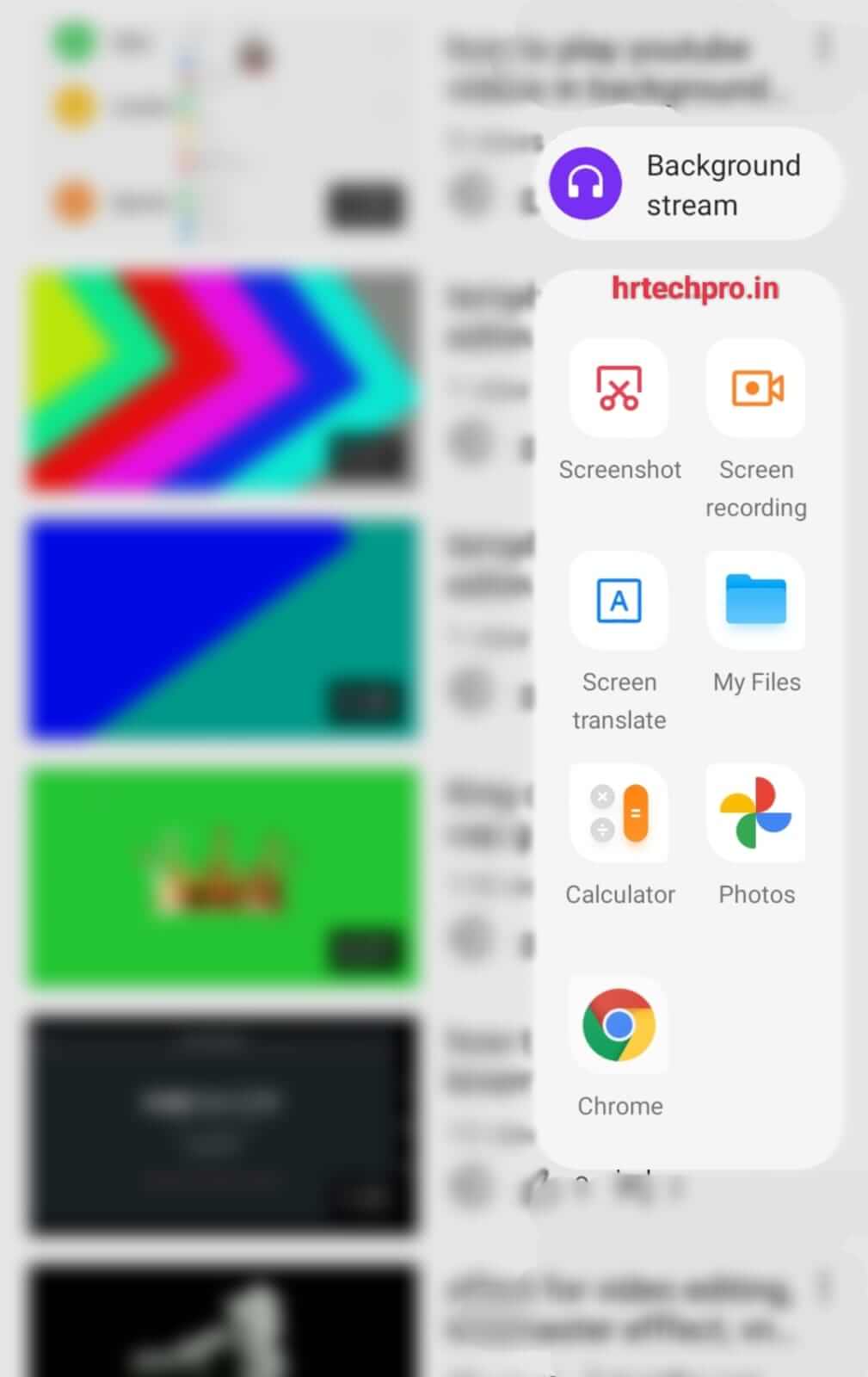What is Technology enhanced learning
The term Technology-enhanced learning (TEL) is used to describe the application of technology to teaching and learning.
It is a broad category that isn’t particularly defined, but it is transforming education and educational institutions beyond recognition.
Therefore it is impossible to be ignored! Let’s explore what TEL is, and why is it important for educators?
Why is TEL important?
Technology-Enhanced Learning (TEL) is important for many reasons. It is not only important because it is the standard of education that is expected today, but it can also improve education. This section explores TEL’s importance in more detail.
Levels of technology integration
Four levels of classroom technology integration or the way classrooms are using technology as observed in schools are:
1. Sparse: Technology isn’t used or out there. Students hardly use technology to finish assignments or projects.
2. Basic: Technology is used or available occasionally/often in a lab rather than the classroom. Students are okay with one or two tools and generally use these tools to create projects that show understanding of content.
3. Comfortable: Technology is used in the classroom on a fairly regular basis. Students are able to use a variety of tools and often use these tools to create projects that show understanding of content.
4. Seamless: Students employ technology daily in the classroom using a variety of tools to complete assignments and create projects that show a deep understanding of content.
8 ways classrooms are using technology for teaching and learning

1. Online learning and blended classrooms: While K-12 online learning gains traction around the world, many teachers are also exploring blended learning — a combination of both online and face-to-face education.
2. Project-based activities incorporating technology: Many of the foremost rigorous projects are infused with technology from the beginning till the end.
3. Game-based learning and assessment: There has been quite a buzz regarding the advantages of incorporating simulations and game-based learning activities into schoolroom instruction.
4. Instructional tools like interactive whiteboards and student response systems: Here are just a few possibilities that increase the potential for using interactive whiteboards in school:
- Digital storytelling.
- Creating, viewing, and annotating student PowerPoint and multimedia presentations in real time.
- Showing streamed or downloaded videos.
- Using online map and satellite imagery to teach geography.
- Displaying artwork or online museum presentations.
- Demonstrating moviemaking techniques.
- Teaching students how to conduct research on the Internet.
- Working collaboratively on writing and editing exercises, math lessons, and science experiments.
- Instructing the class on the use of a software program, keyboarding techniques, and other computer skills
The goal of student response system is to transform abstract learning into a hands-on experience through the use of remote-control-like clicker devices.
5. Student-created media like podcasts, videos, or slideshows: One of the central concepts of digital skill or media literacy is that students ought to be creators and critics, not simply customers, of media.
6. Collaborative tools like Wikis or Google Docs: Connecting with others online can turn out to be a realization for change, both for teachers and for students. Teacher Vicki Davis is an evangelist for such connections.
7. Using social media to engage students: Though social media tools are still blocked in many schools, students around the world spend vast amounts of time on social networks outside of school.
8. Frameworks for technology integration: SAMR and TPACK are models which are frequently used for technology integration.
The SAMR (Substitution, Augmentation, Modification, and Redefinition) model, created by Dr. Ruben Puentudura, guides the process of reflecting on how we are integrating technology into our classrooms.
The ideal goal of technology integration is to give a new meaning as to how education is taught and received and to do things that never could have happened before the technology was in our hands.
The TPACK (Technological Pedagogical Content Knowledge) framework lays out the information that educators want so as to successfully integrate technology into their teaching.
The TPACK web site offers a large collection of free resources for teachers.
Despite the dramatic variations in resources and abilities from school to school, and place to place, integrating technology tools is attainable in ways which will influence engagement and learning for all students.
If this article found you useful share it to those who are in need of this.
Sharing is caring.
Also Read
